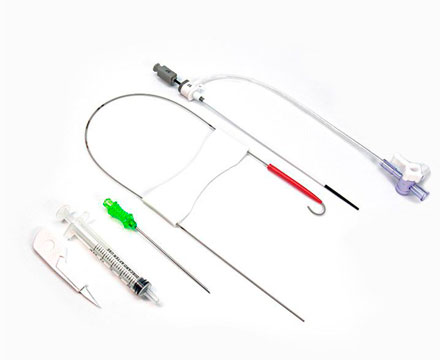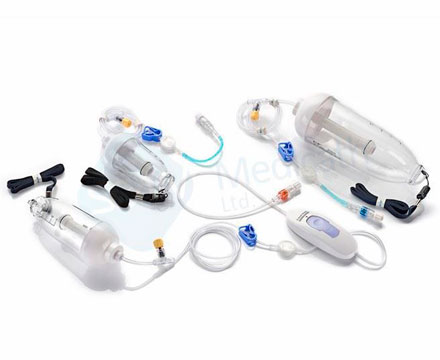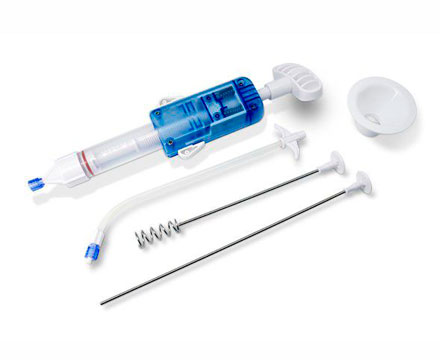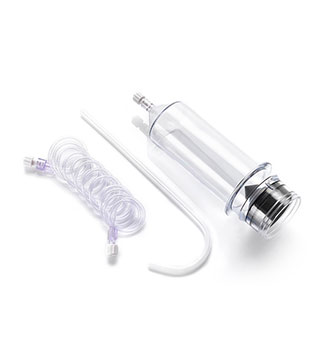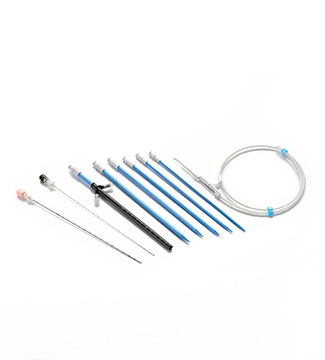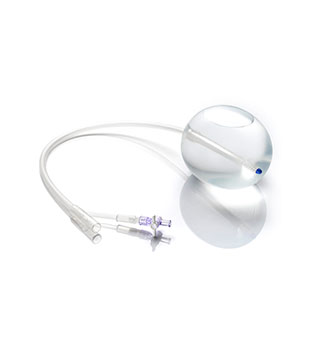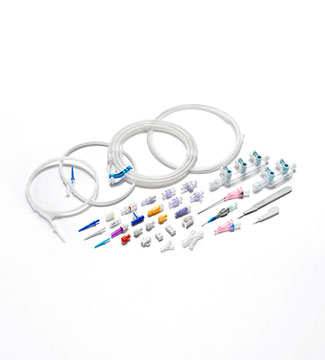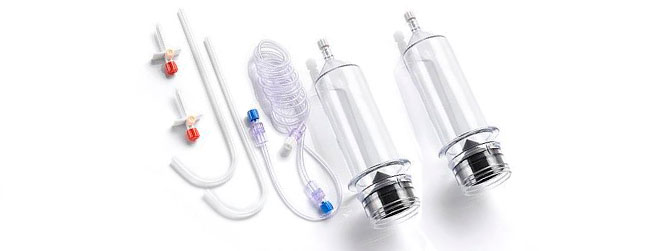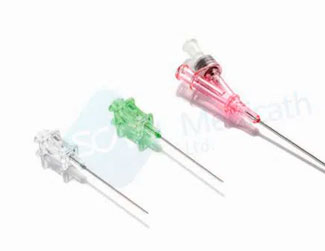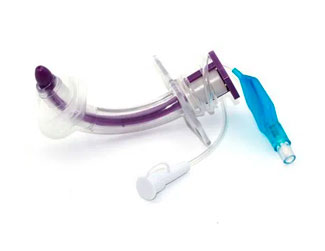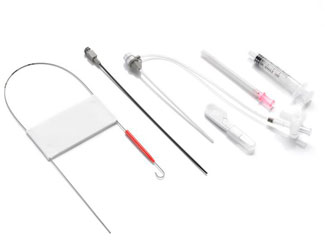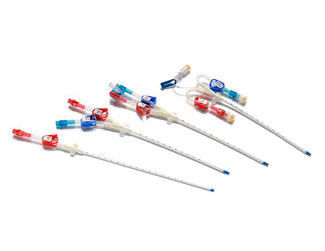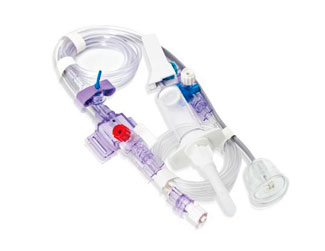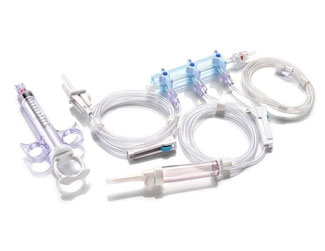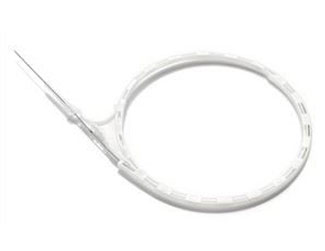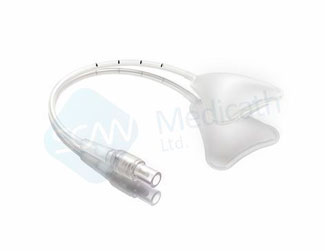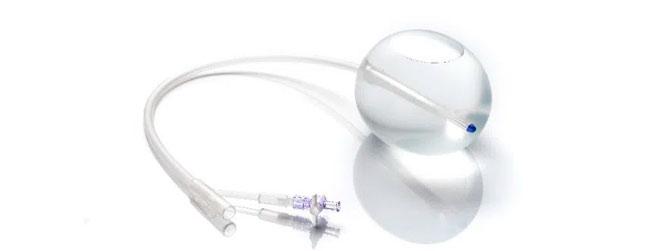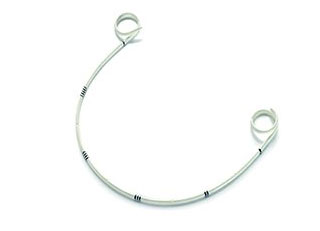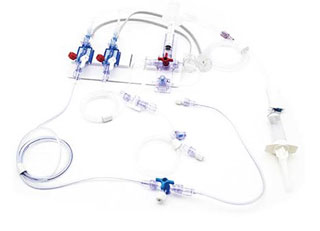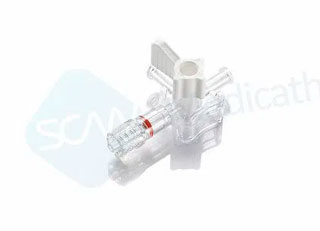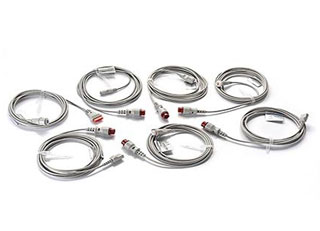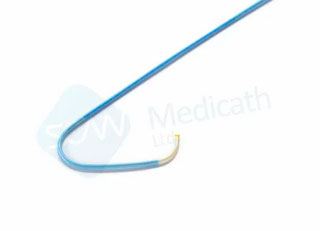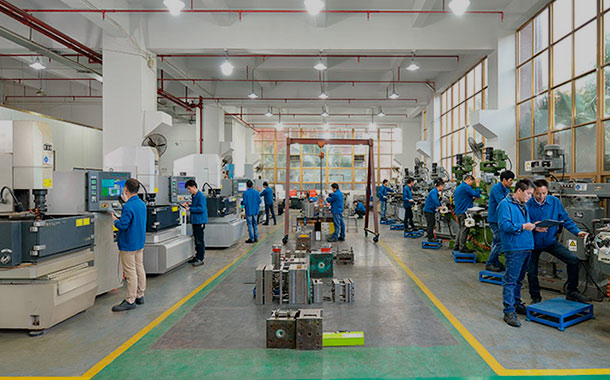Do You Know the Structure of an Interventional Catheter?
Structure of intervention catheters
The structure of vascular interventional catheters is complex, and the design of different types of catheters varies with unique characteristics.
From the cross-sectional structure of vascular interventional catheters, the number of lumens can be divided into single-chamber, double-chamber, triple-chamber, and quadruple-chamber structures, while the wall structure can be divided into three layers: inner layer, middle layer, and outer layer. The outer layer determines the shape, hardness, and friction with the inner wall of the blood vessel. It is usually made of materials such as polyamide, polyurethane, or hydrophilic coating. The middle layer is an anti-bending stainless steel wire or fiber structure that prevents the catheter from collapsing; the inner layer material is mainly polytetrafluoroethylene (PTFE), which reduces the frictional resistance between interventional materials such as balloon catheters, stents, and the catheter lumen to prevent thrombosis.
From the longitudinal structure of vascular interventional catheters, they are roughly divided into flexible visualized head end (with platinum-iridium alloy imaging markers), middle section, anti-bending section, torsional control section, and other special structure parts for certain types of medical catheters, such as the balloon catheter with a balloon structure.
Use of intervention catheters
In recent years, with the development of interventional surgery techniques and instruments, interventional medicine has become the third-largest department, alongside internal medicine and surgery. Vascular interventional treatment is a common technique in interventional medicine. Blood vessels are like water pipes. Long-term use may lead to blockage, rupture, or the need for replacement parts. At this time, interventional physicians act as the body's pipe workers.
The specific steps of interventional treatment are as follows
Firstly, a small incision is made on the skin through minimally invasive means, and a puncture needle is used to puncture into the blood vessel. After establishing a channel, a custom catheter and guidewire are advanced through the blood vessel to the site of the problem. After reaching the designated location, the guidewire is removed;
Then, the treatment drug or material is delivered to the designated location through the hollow catheter, thereby treating the problematic blood vessel in the blood vessel, restoring abnormal blood vessels to normal, resulting in tumor necrosis, the cessation of bleeding from blood vessels, or the restoration of the function of some overactive organs, thereby restoring a normal hematological status in the body.
SCW MEDICATH LTD has been committed to providing high-quality products and services for global medical customers. We have nearly 100 patents and ISO13485 and CE certifications. We have more than 100 products in seven major product series including anesthesia, intervention, gynecology and obstetrics, imaging, urology, orthopedics, and OEM. Welcome to consult!

 English
English  日本語
日本語  한국어
한국어  français
français  Deutsch
Deutsch  Español
Español  русский
русский  português
português  العربية
العربية  tiếng việt
tiếng việt  ไทย
ไทย  Malay
Malay  हिंदी
हिंदी 
